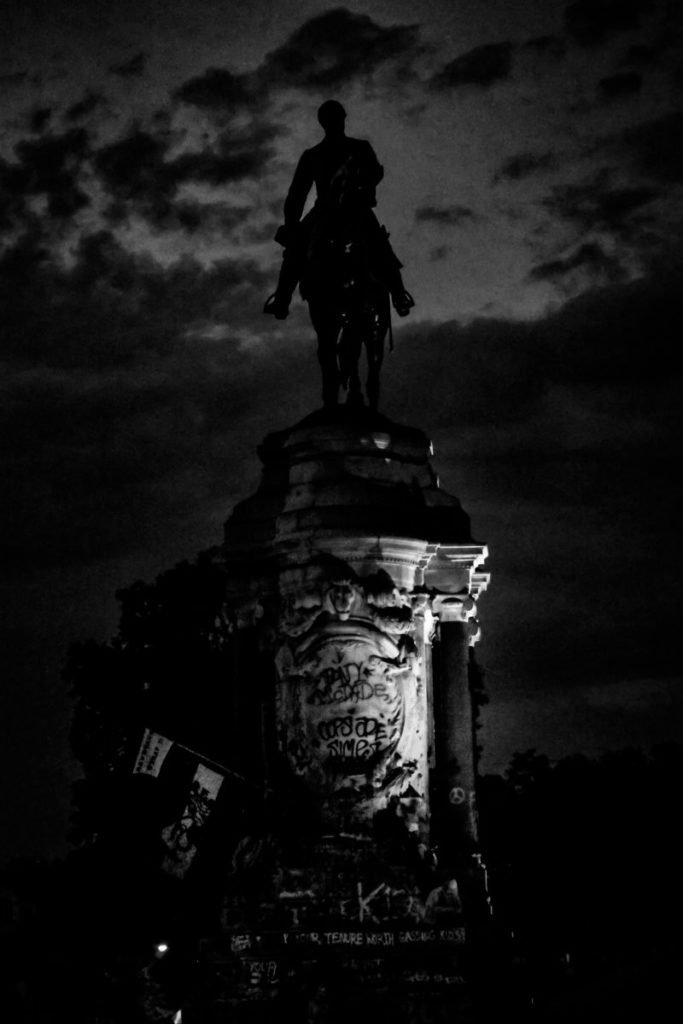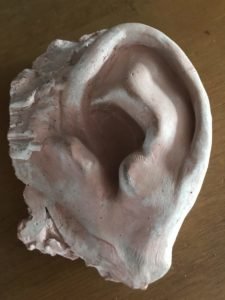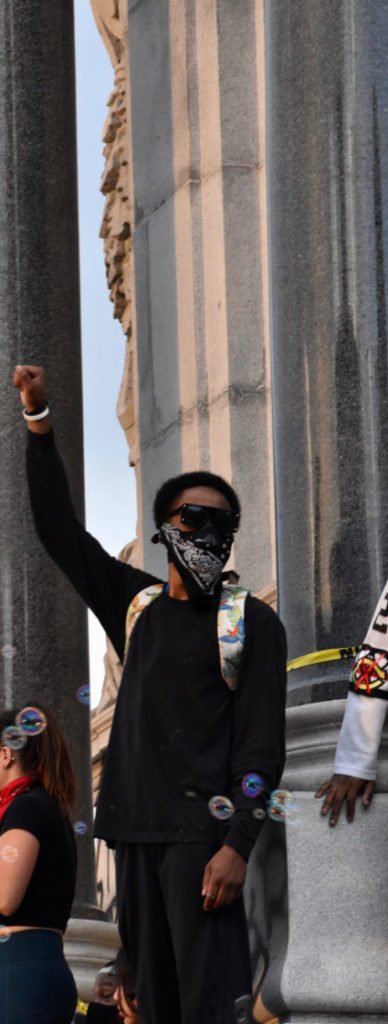
The ascent of the Black Lives Matter movement and the overthrow of apartheid symbols in the Capital of the Confederacy made me think of some of the things I heard when we lived there:
–The South will rise again.,
–The Belly-button is where the Yankee shot you.,
–Robert E. Lee was a gentleman.*,
–The Confederate flag is heritage not hate.,
–Private clubs (schools, businesses etc.) can exclude whoever they want—because they’re private.
The observations worked their way into my novel, Best Intentions, which was set in Richmond, Virginia. Started way back when my husband was doing his medical residency there, it contained Southernisms that freaked both me and my protagonist, out.
Like the time Keith and I found a sitter for our three unruly kids and walked to a local theater where Gone With the Wind happened to be playing. Why not? we thought. And then were gob-smacked as other white patrons pitched popcorn and Junior Mints at the screen every time Union soldiers appeared. Our (pretty much only) date night was at a rebel Rocky Horror Picture Show with an audience agitating for a War of Northern Aggression do-over.
It was shocking.
Monument Avenue, the wide tree-lined tourist mecca, home to bronzed white supremacists in the median, also made an appearance in my novel. (As a Jew, whenever I drove down the beautiful street, I imagined a leafy, postcard-pretty boulevard with larger than life replicas of Hermann Goering and Adolph Eichmann standing guard on a street in Berlin.) But the thing was, just like with MAGA hats, the statues were hard-copy manifestos.
The oversized odes to racism proclaimed the institutional ugliness that ran through city life.
From starkly unequal schools and food deserts and substandard housing in black neighborhoods, to inaccessible health care and public transportation that acted as a moat (stopping at the border between the city and its whiter suburbs, forcing passengers to dodge fast moving traffic to get to their destinations,) the assaults had been honed over decades, setting generations up for failure.
When we lived in a mostly black community I also got to experience the indignity of voter suppression firsthand. Damaged machines were routinely dispatched to our community and residents had to stand in unmoving lines, forcing many to choose between voting and a day’s pay.

Then we moved to the suburbs for the schools (see above) and I was stunned by the ease with which I was able to exercise this basic constitutional right. Voting was an in and out errand like dropping off dry cleaning. (I recently heard this disparity described as a modern-day poll tax and that’s exactly what it is.)
My novel also touched on the vile behavior following the decision to install Paul DiPasquale’s powerful homage to the civil rights icon, Arthur Ashe, on Monument Avenue. It was an ugly struggle that brought out this weird coalition of whites—rich country clubbers and those who would never be admitted to the bastions of the ruling class in this lifetime. They joined forces over the great unifier—white supremacy—to keep the statuary segregated for ‘Confederate Americans’. Of course the polite version was they were just trying to preserve ‘history’.
Which, I guess they were.
It was a protracted, tawdry fight but decency in symbolism eventually won out. Now the other monuments have fallen and the real work must begin.
*True gentlemen aren’t complicit in things like, you know, slavery.


Share this post with your friends.

